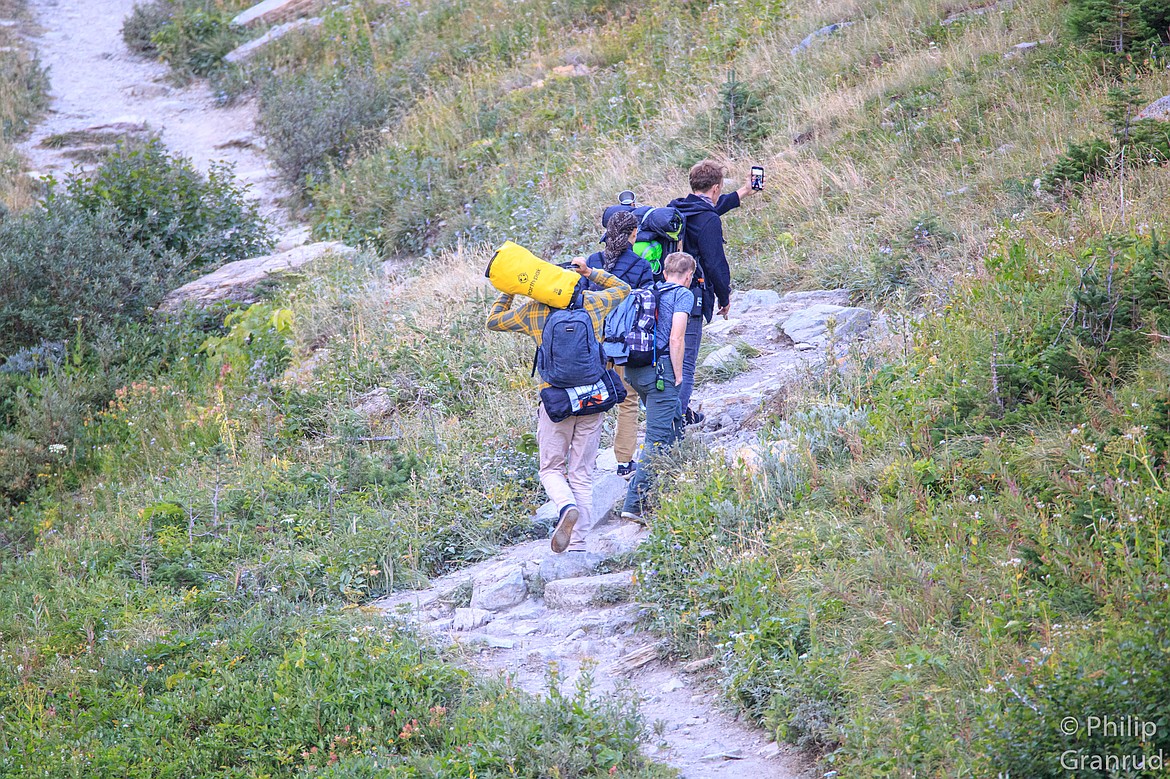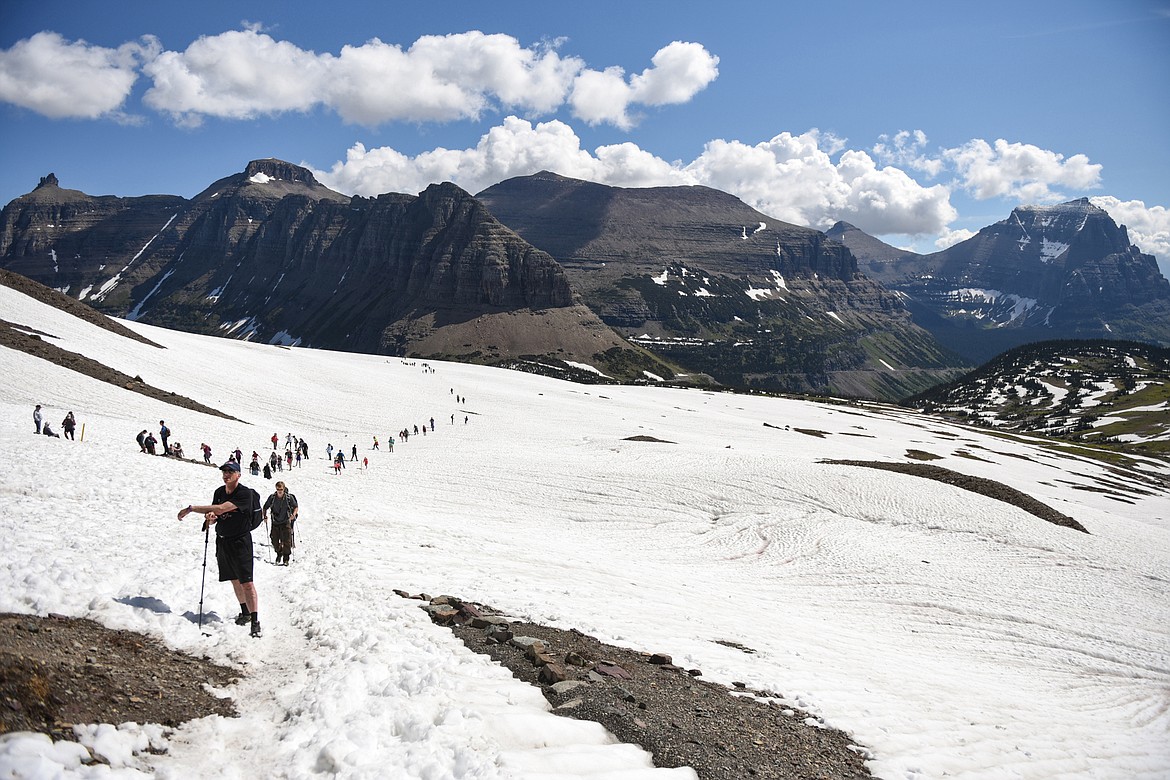Glacier struggles to teach park values to 'selfie generation'
Glacier Park Superintendent Jeff Mow said it was 2016 when park staff witnessed a visitor strip down to his shorts, wade into the frigid waters of Iceberg Lake and make a rapid swim for the water body’s largest floating ice mass.
The sequence of events was caught on camera, as was the end product of the visitor standing proudly on one of the lake’s namesakes — frozen structures that melt more with each passing season at Glacier National Park...
Support Local News
You have read all of your free articles this month. Select a plan below to start your subscription today.
Already a subscriber? Login
Daily Inter Lake - everything
Print delivery, e-edition and unlimited website access
- $26.24 per month
Daily Inter Lake - unlimited website access
- $9.95 per month




